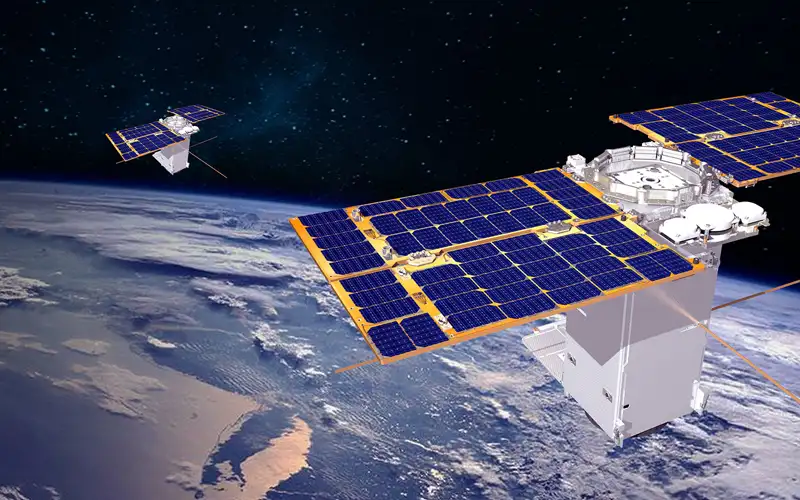
The Italian government has approved Phase 2 of a feasibility study exploring the possibility of the country developing an 100-satellite constellation. While few details have been announced, initial reports indicate that the constellation will support communications and be designed for interoperability with other similar systems.
In late 2024, the Interministerial Committee for Space and Aerospace Policies (Comint) tasked the Italian Space Agency (ASI) with conducting a feasibility study on the development of a new satellite constellation. According to a Ministry of Business and Made in Italy update, the project aims to satisfy the objectives outlined in the Disegno di Legge Spaziale (Space Bill), which was approved by the Italian Chamber of Deputies on 6 March 2025. However, all official communication from ASI or the Italian government has not included the planned focus of the constellation.
In March 2025, ASI delivered the initial study to the government. On 28 March, the Ministry of Business and Made in Italy announced that it would move ahead with Phase 2, signaling a seemingly favourable response to the agency’s findings. The second phase of the feasibility study will see ASI consult with interested industry partners to assess Italy’s capability to develop the constellation.
“ASI will meet with our companies to understand if they are capable, on their own, of creating the constellation,” said the Minister for Business and Made in Italy, Adolfo Urso.
Phase 2 is expected to be completed by September, after which a more detailed projection of the project, including its potential cost, will become clear.
While few details of the feasibility study’s findings have been made public, the Italian financial newspaper Il Sole 24 Ore has reported that the constellation would comprise around 100 satellites and could be delivered within five years. It also claimed that in addition to meeting its own needs, the Italian government has proposed offering the service to other countries.
On 31 March, Reuters cited a source close to the matter who stated that the constellation would be designed to “work together with others, not necessarily on its own.” The report also indicated that the system is unlikely to become operational before 2031.
A secure communications constellation would be the second large constellation of satellites Italy has taken on. The country is currently developing IRIDE, an Earth observation constellation that will comprise over 60 satellites and will cost approximately €1.3 billion. The constellation will include a mix of optical, radar, panchromatic, multispectral, hyperspectral, and infrared instruments and is expected to be fully operational by June 2026.
Update: This article was updated on 16 April to remove mention of the constellation being a national alternative to IRIS2. While that may still be the case, the evidence currently available suggests otherwise.




